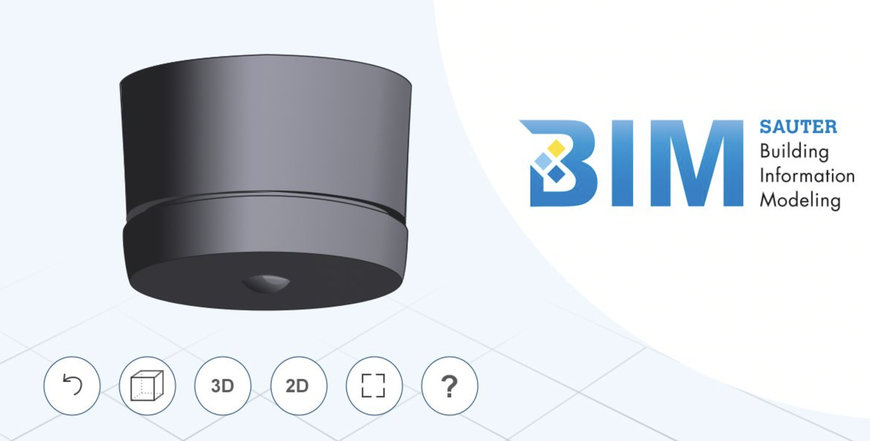smartbuildingmag.com
24
'23
Written on Modified on
Sauter-Controls News
New models in the SAUTER BIM library
Since BIM (Building Information Modelling) was introduced, it has become the standard process for digital building planning. The SAUTER BIM library supports architects, engineers and construction planners in projects throughout the entire building cycle.

Construction projects are planning-intensive, often expensive, and usually not very agile. Too many players are involved and there are too many interdependencies. In addition, planning processes of different trades are often insufficiently linked – both across disciplines and over the entire life cycle of the building. This means that the later unforeseen events occur, the greater the impact on deadlines and costs. The Building Information Modelling (BIM) method was developed as a solution to this problem.
BIM allows buildings to be developed and operated with digital data that can be accessed by each specialist involved. To this end, all building data is recorded over its entire life cycle. The first step is to create a model for testing the new building project. Today, digital building planning based on BIM is standard and is globally present in all construction sectors.
The SAUTER BIM library
The BIM library now includes models for the Smart Sensor, the ecoLink510…512, 514, 515, 522, 523 and 527 remote I/O modules, the ecos504/505 room automation station, the EGP 100 differential pressure transmitter, the ADM 322 rotary actuator, the TFL 201 frost monitor/limiter with capillary sensor and the DEF butterfly valve.
Advantages of BIM
- Improved collaboration: BIM enables architects, engineers and other project stakeholders to work together on a common platform to coordinate the planning and execution of construction projects.
- Reduction of errors: By using BIM models, potential errors in the planning process are identified and corrected before they have any effects on the construction work.
- Increased efficiency: BIM allows the construction process to be simulated from start to finish in a virtual environment, thus streamlining project planning and execution, and increasing efficiency.
- Cost savings: BIM can help better estimate project costs and reduce unnecessary spending.

